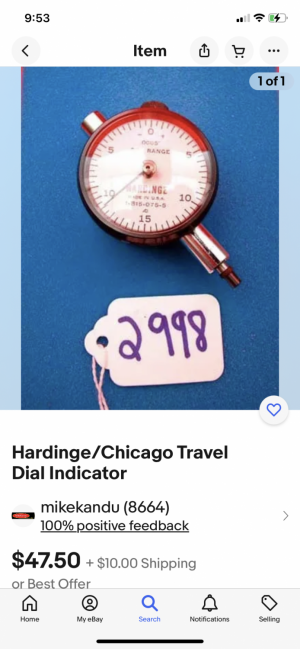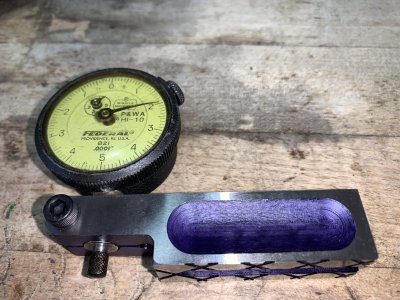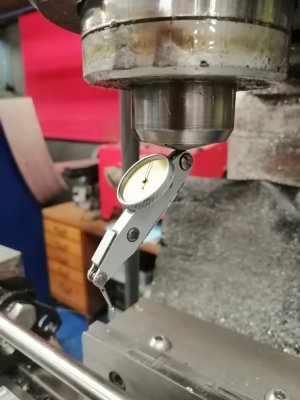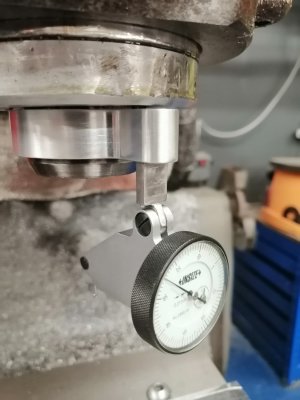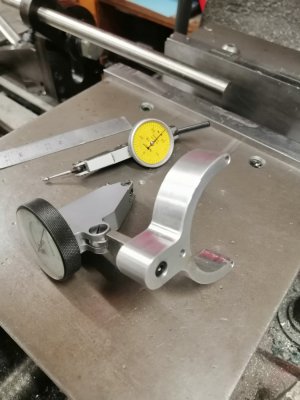That might just fit the bill.Most companies that make/sell indicators have AGD 1 versions that have 0.0005" resolution and around a 0.125" range; here's one from SHARS:
View attachment 454077
Needs to be drop type for what I'm thinking.
Not even sure describing what I'm thinking of would do any good as I have the idea and some details worked out, but problems incurred along the way will most likely change things somewhat.
This might be a job for MS paint.


